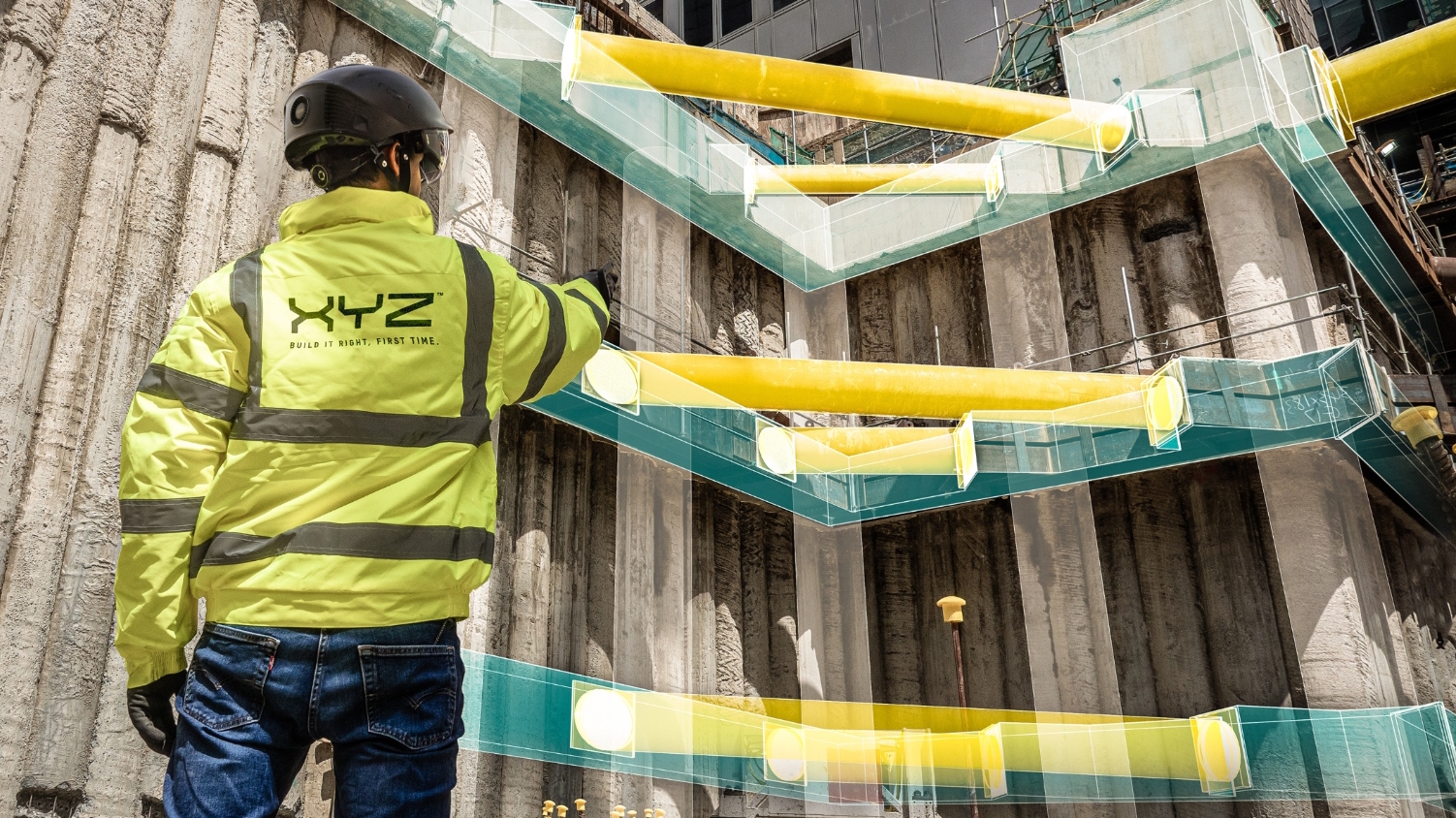
There are 10 types of digital technology that are the most effective at reducing errors in construction, according to a report from the Get It Right Initiative (GIRI).
The 10 types of technology, listed in the Use Of Technology To Reduce Errors In Design And Construction report, are:
- checking technology;
- automated generation systems;
- workflow engines;
- visualisation systems;
- collaboration tools;
- communication systems;
- computer vision;
- IoT sensors;
- document management systems; and
- digital setting-out tools.
The report was produced by GIRI with input from the C-Tech Club. Contributors to the report include Arup, Kier, Laing O’Rourke, McGee and Multiplex.
Cliff Smith, executive director at GIRI, said: “The potential for digital construction to revolutionise the way we work is increasingly recognised. In an industry that loses between £10bn and £25bn per year on avoidable errors, technology can help support the benefits of getting construction right first time.
“However, we can only solve the problem if we recognise it. We need to see a shift in working culture across the industry to one that prioritises zero error in design and construction.
“Our new technology report offers guidance for people across the industry on how we can use the breadth of tools available.”
Read on for more about the key types of technology and the obstacles.
Checking technology
This covers systems that can check data and information to look for errors, inconsistencies, or omissions. GIRI’s report warns: “Checkers are only as effective as the detail and coverage in the specification that they are checking the model against.”
Automated generation systems
The report notes: “Engineering design is, essentially, the application of rules combined with good human judgement. The rules are often set out in codes and standards that establish minimum acceptable levels of safety, quality and reliability. Expert rule-based systems can capture and apply these codes and standards, potentially more accurately than humans can.”
Workflow engines
Workflow engines are software designed to streamline processes and help ensure that tasks are completed in a timely, accurate and organised manner.
They can be used to automate mundane tasks, assign responsibilities for undertaking those tasks, track progress and chase overdue tasks when they have not been completed.
GIRI notes: “The relevance of workflow engines to error reduction is that they can help assign a task to the person, team or system best placed to carry it out. They can also help create an end-to-end system approach to task management, which reduces ambiguity as to who is responsible for which task.”
Visualisation systems
Such systems are virtual reality (VR) and augmented reality (AR). GIRI states that VR can improve design coordination and therefore help reduce errors, while AR (when combined with hyper-accurate sensors) can help with positioning of the work to be undertaken, thereby reducing error.
Collaboration tools and communication systems
These applications help to ensure that team members do the right thing at the right time. “The link with error reduction is less clear cut than with some of the other technology types, but it is clear that getting people to work together better and avoiding misunderstandings, duplications and miscommunications must benefit error reduction,” the report states.
Computer vision
Computer vision is a field of AI that enables computers to derive meaning from visual inputs, such as photos and videos. Applications in construction include: improving workplace safety, analysing productivity and improving efficiency, monitoring progress, helping with quality management, and making better planning decisions.
GIRI notes this technology is effective where the computer vision system is linked to a BIM model so that it can determine what should have been built and where it should have been located.
IoT sensors
IoT sensors can also help reduce error, provided that the combination of the sensor and the analytics system are set up in such a way as to spot that something has gone wrong. GIRI observes: “The challenge here is to turn the data input into an insight, which is relatively uncommon in terms of an error-related ‘use case’ for construction; this is much easier to achieve in manufacturing.”
Document management systems
“The better use of document management systems and the common naming conventions and version control that they encourage are considered an important source of business improvement,” the report states.
Digital setting-out tools
Robots can autonomously print a full-scale model onto the construction surface in a fraction of the time it takes a manual layout crew, eliminating the errors of incorrect layouts or misplacements.
The obstacles
As well as highlighting many of the well-documented obstacles to technology adoption, GIRI’s report also reveals some intriguing observations.
For example, consultants noted that technology is often seen by design teams as an opportunity to increase the complexity of designs and volume of data, rather than producing better, clearer, less error-prone information to the contractor.
Furthermore, collaboration technology is often used as a way to visualise an increasingly chaotic situation, whereas in the past, efforts would have been made to eliminate the chaos.
But the most telling comment in the report is a truism: “Although everyone in the construction industry privately accepts that errors occur continually, no one wants to admit that they occur on their own projects, out of concern for potential consequences for themselves, their team or legally for the company.”
Don’t miss out on BIM and digital construction news: sign up to receive the BIMplus newsletter.
Comments
Comments are closed.















This is very informative and can tremendously assist the design and construction of a project